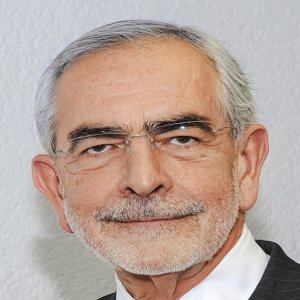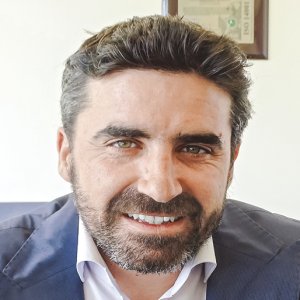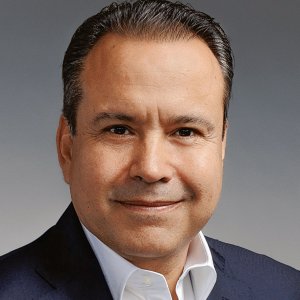The Hidden Gems Of The Market

The Hidden Gems Of The Market

STORY INLINE POST
Q: How does Mexico compare with other emerging energy markets and where are the greatest opportunities?
JP: We believe that Mexico is the most attractive market in Latin America and one of the most interesting worldwide. Mexico expects to double its power capacity in the next 15 years, meaning that it will add 60GW to its energy infrastructure. This new capacity will also involve new investments in electricity transmission lines and natural gas pipelines, creating a wide range of opportunities through the entire value chain. A lot of investors are now focusing on the power generation sector but we advise them not to overlook other areas of opportunity. In the same way, CFE’s electricity auctions have been in the spotlight lately but we advise investors not to ignore the possibilities offered by the opening of the wholesale electricity market. Power generation and the electricity auctions are the tip of the iceberg. For us, the greatest opportunities are still in the shadows, whether it is participating as a qualified user or investing in electricity transmission and distribution infrastructure.
RG: Mexico has the advantage of offering macroeconomic and political stability, opening the door to great business opportunities beyond the energy sector. The fact that Mexico is the last country in Latin America to liberalize its energy market puts the country in a privileged position, especially considering its large scale and geographical location.
Q: What are the hidden gems of the Mexican electricity market?
JP: Most of the large generators in Mexico are focusing their efforts on the power auctions but that represents just a tiny share of the opportunities provided by a liberalized market. We expect qualified suppliers to become important players, particularly as the bilateral contracts market became nearly saturated with the selfsupply scheme, which currently represents about 18.5GW of authorized capacity.
Legacy projects are also holding back generators from moving into the new framework because they do not want to lose the benefits that their projects have under the old scheme. In this area, we are advising clients about the pros and cons of migrating to the new regime and entering the wholesale market, helping them to select the most profitable option while diminishing its related risks. We already know of some players that are seriously looking at this option. For instance, Iberdrola, which sells most of its energy to CFE through the IPP scheme, has opened a new division focused on qualified users to participate in the market. In Mexico, many of the large off-takers are also energy producers, which also confuses new market entrants. We help them to identify when a player should be considered a competitor or potential client. In this area we also see electricity trading as an interesting business opportunity. We can support clients in this endeavor by providing networking opportunities and business matchmaking, connecting power producers with traders and off-takers.
Q: What new challenges and opportunities has the reform brought for renewable energies?
JP: Many project developers that are not manufacturers were terrified by the low prices resulting from the first power auction, especially small and medium-sized developers. Therefore, we are now working to spread awareness about the market opportunities that Mexico offers beyond the electricity auctions. The distributed generation market is often overlooked by renewable energy companies, even though it also represents an attractive and dynamic market niche in Mexico, particularly for medium and smallscale solar energy companies.
Understanding the market trends behind the record low prices at the auctions and the parts of the regulatory framework that are relevant to their business are the biggest challenges for most of our clients. Some of the international companies entering Mexico are looking to expand their business to the US or Central America, which also highlights the importance of understanding international interconnection agreements and regulations.
























